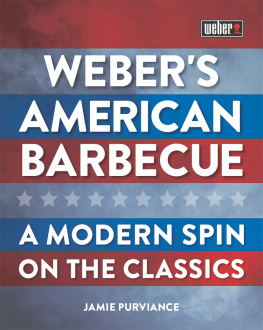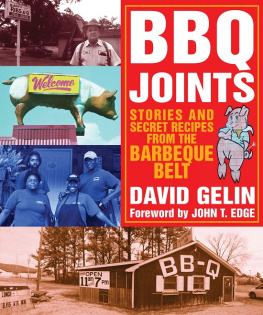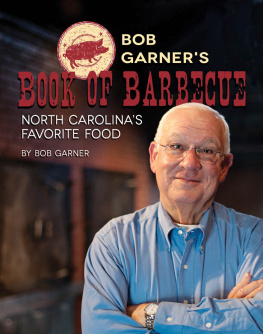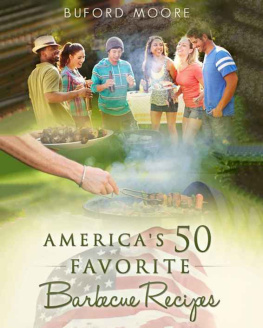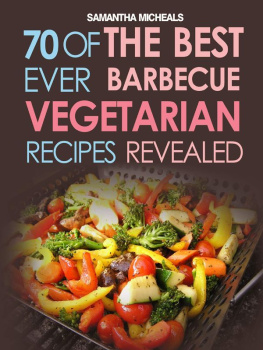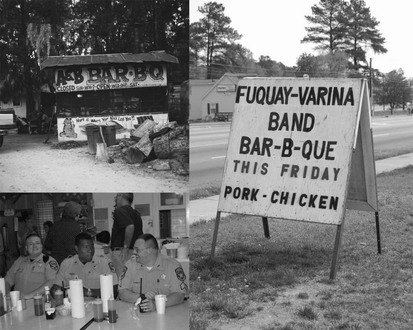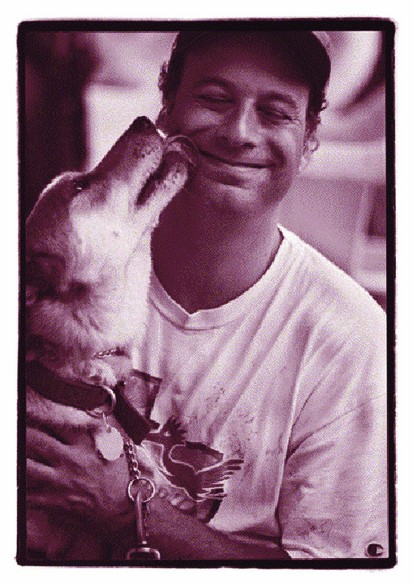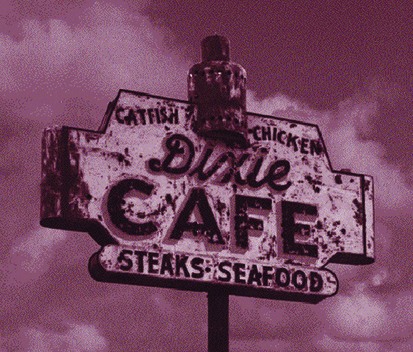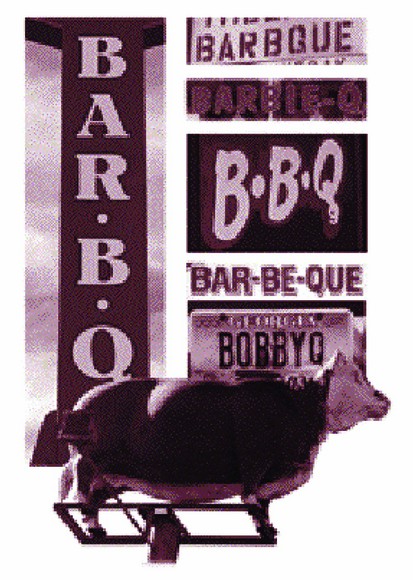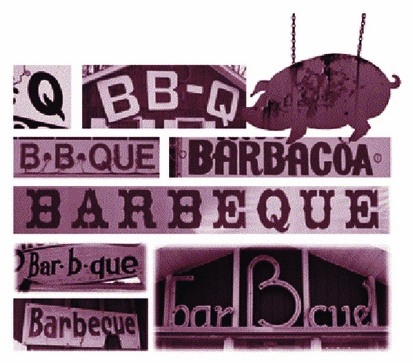David Howard Gelin - BBQ joints : stories and secret recipes from the barbeque belt
Here you can read online David Howard Gelin - BBQ joints : stories and secret recipes from the barbeque belt full text of the book (entire story) in english for free. Download pdf and epub, get meaning, cover and reviews about this ebook. City: Salt Lake City, Utah, Southern States, year: 2008, publisher: Gibbs Smith Publisher, genre: Home and family. Description of the work, (preface) as well as reviews are available. Best literature library LitArk.com created for fans of good reading and offers a wide selection of genres:
Romance novel
Science fiction
Adventure
Detective
Science
History
Home and family
Prose
Art
Politics
Computer
Non-fiction
Religion
Business
Children
Humor
Choose a favorite category and find really read worthwhile books. Enjoy immersion in the world of imagination, feel the emotions of the characters or learn something new for yourself, make an fascinating discovery.
- Book:BBQ joints : stories and secret recipes from the barbeque belt
- Author:
- Publisher:Gibbs Smith Publisher
- Genre:
- Year:2008
- City:Salt Lake City, Utah, Southern States
- Rating:5 / 5
- Favourites:Add to favourites
- Your mark:
BBQ joints : stories and secret recipes from the barbeque belt: summary, description and annotation
We offer to read an annotation, description, summary or preface (depends on what the author of the book "BBQ joints : stories and secret recipes from the barbeque belt" wrote himself). If you haven't found the necessary information about the book — write in the comments, we will try to find it.
In Barbecue Joints, travel the highways and byways with a true barbecue aficionado, David Gelin, and share the scrumptious odors of hickory pits and the tangy sauces and rubs that make barbecue the signature dish of the South. Look closely and you will recognize a South where barbecue is a kind of national dish and the people who cook and serve it are, well, national heroes. This book is not just about the joints, but even more so about the good folks who are the heart and soul of them. Barbecue Joints is more than a heartfelt tale of the colorful characters that run them-it also serves as a travel guide as well as a how-to on barbecue, filled with recipes as well as instruction on building a BBQ pit of your very own!
Recipes Include:
Patricia Newtons Sweet Potato Pie
Abes Cole Slaw
Duard Dockals Beans
Scotts BBQ Hot-Sauce
Elviss Pound Cake
Ricky Williams Hot Dog Chil
S.W. Bucks Macaroni & Cheese
Katy Garners Hog Heaven Fruit Cobbler
Shack by the Tracks Butter Scotch Squares
Author Biography: David Howard Gelin was born in New York and raised outside of Washington, D.C. Fate, college, and mild winters brought him to the South. Along with his aptly named Buddy, an animal rescue dog slated for that big doghouse in the sky, they are most at home on the open road. They hope to see you out there.
David Howard Gelin: author's other books
Who wrote BBQ joints : stories and secret recipes from the barbeque belt? Find out the surname, the name of the author of the book and a list of all author's works by series.

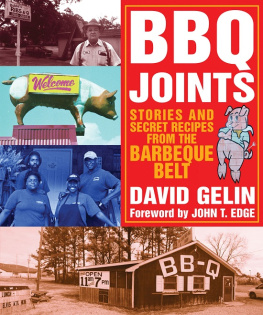

![Raichlen - Barbecue Sauces, Rubs, and Marinades—Bastes, Butters & Glazes, Too [eBook - Biblioboard]](/uploads/posts/book/229830/thumbs/raichlen-barbecue-sauces-rubs-and.jpg)
